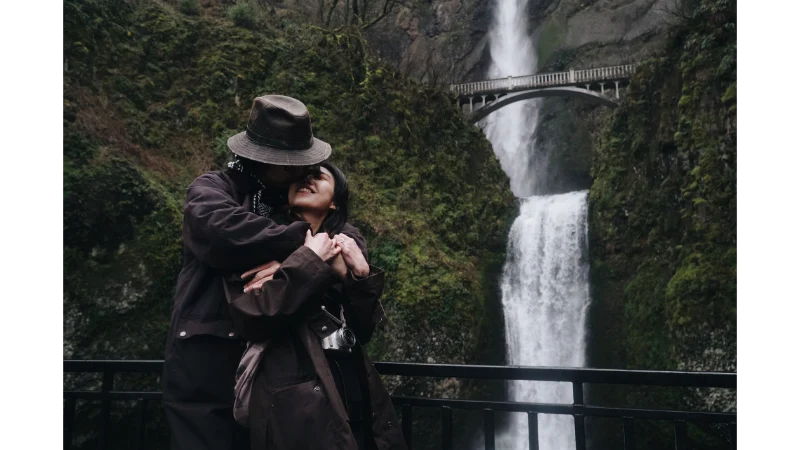Set along the banks of the holy Sarayu River, the ancient city of Ayodhya is more than just a religious destination—it is the spiritual heartbeat of India. Revered as the birthplace of Lord Rama, the city is woven with sacred mythology, timeless temples, and an aura of divine tranquility. With its strong historical roots and cultural richness, Ayodhya attracts pilgrims, historians, and travelers seeking a soulful experience. From monumental temples to serene ghats and heritage spots, this sacred land offers a wealth of experiences. If you’re planning a trip to this holy city, here’s a curated guide to the top Ayodhya visiting places that promise both spiritual solace and cultural insight.
1. Shri Ram Janmabhoomi
At the heart of Ayodhya lies the holiest site—Shri Ram Janmabhoomi, believed to be the birthplace of Lord Rama. This sacred ground holds immense religious and cultural significance. The temple complex, currently undergoing grand reconstruction, is poised to become a marvel of modern temple architecture. For devotees and travelers alike, visiting this revered location is a profoundly moving experience. The spiritual energy and historical depth of the site make it a focal point among Ayodhya visiting places.
2. Hanuman Garhi
One of the city’s most prominent temples, Hanuman Garhi sits atop a hill and requires climbing 76 steps to reach the sanctum. Dedicated to Lord Hanuman, this temple is believed to be where he guarded Ayodhya after Lord Rama’s return. The temple’s architecture and the massive idol of Hanuman attract throngs of devotees each day. It is said that visiting Hanuman Garhi before Ram Janmabhoomi ensures blessings and protection.
3. Kanak Bhawan
A spiritual gem in the heart of Ayodhya, Kanak Bhawan is dedicated to Lord Rama and Goddess Sita. Legend says it was a wedding gift from Kaikeyi to Sita. The temple is known for its intricately designed interiors and golden idols of Rama and Sita adorned with sparkling jewelry. Its vibrant colors and spiritual ambiance make it a must-see spot for devotees and tourists alike.
4. Treta Ke Thakur
This ancient temple is believed to be located where Lord Rama performed the Ashwamedha Yajna. Treta Ke Thakur houses rare black stone idols of Rama, Sita, Lakshmana, Bharat, Shatrughna, and Guru Vashishtha. Although the temple opens only on special occasions, its historical and mythological relevance makes it a notable entry among Ayodhya visiting places.
5. Nageshwarnath Temple
This Shiva temple, said to be built by Kush—the son of Lord Rama—is an important pilgrimage site. The Nageshwarnath Temple remains vibrant throughout the year and comes alive during Mahashivratri. Situated near Ram Ki Paidi and the riverbank, it adds a scenic charm to its spiritual importance.
6. Guptar Ghat
For moments of quiet reflection, Guptar Ghat is the perfect setting. It is believed to be the place where Lord Rama took jal samadhi (left the mortal world by immersing himself in water). Located on the banks of the Sarayu River, the ghat is an ideal spot for evening aarti and watching the river flow in divine serenity.
7. Ramkatha Park
To explore the cultural and literary aspects of Ayodhya, a visit to Ramkatha Park is essential. This beautifully landscaped park hosts religious discourses, folk performances, and cultural events depicting episodes from the Ramayana. It’s a great family-friendly destination for those looking to enjoy art and heritage in a peaceful environment.
8. Tulsi Smarak Bhawan
This site commemorates the legacy of the revered poet-saint Goswami Tulsidas, who authored the Ramcharitmanas. The Tulsi Smarak Bhawan houses a library and a museum dedicated to his life and works. It also holds recitations, lectures, and performances that showcase India’s literary and devotional traditions.
9. Mani Parbat and Sugriv Parbat
These two small hillocks are associated with stories from the Ramayana. Mani Parbat is believed to be a fragment of the Himalayan mountain carried by Hanuman, while Sugriv Parbat is linked to the monkey king Sugriv. Both spots offer spiritual insights and panoramic views of the surrounding landscape.
10. Sarayu River Aarti
Conclude your day in Ayodhya with the evening aarti at the Sarayu Ghat. As priests perform rituals to the rhythmic chants and the lamps float across the river, the entire ghat glows with a divine presence. It’s a moment of transcendence and devotion that beautifully captures the soul of Ayodhya.
Conclusion
Ayodhya is not just a destination—it is a spiritual journey through time, faith, and legend. Every temple, ghat, and monument tells a story rooted in devotion and mythology. Whether you come as a pilgrim seeking divine blessings or as a traveler discovering India’s spiritual heritage, the city’s rich offerings will leave you deeply moved.
From grand temples like Shri Ram Janmabhoomi to tranquil spots like Guptar Ghat, these Ayodhya visiting places reflect the eternal spirit of Lord Rama and the values of dharma, devotion, and righteousness. Plan your trip during festivals like Ram Navami or Diwali, when the city transforms into a vibrant landscape of lights, chants, and celebration.
Let your journey through Ayodhya be more than just sightseeing—let it be a step closer to peace, purpose, and spiritual awakening.


